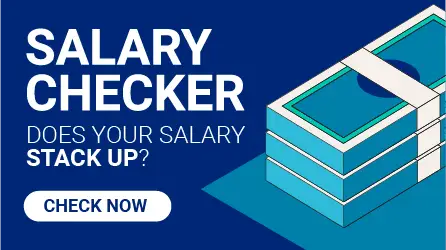Check your salary with Hays Salary Checker
Not sure what others in your industry are earning? Covering 1,000+ roles across 25 industries and customised to 11 regions across Australia, the Hays Salary Checker gives you instant access to salary data for your specific job title and location. Try it now to benchmark your salary and negotiate with confidence.



